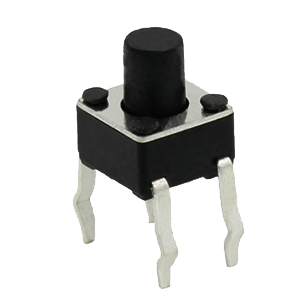
Note One:
When the tact switch is mounted on the board, since the board powder that may be scattered during the operation and installation may enter the switch, be sure to add this point in the operation. And before the installation of the key switch, it must be ensured that the surrounding environment is clean and there is no excessive debris.
Note two:
When the key switch is used for reflow soldering, be careful not to let the foaming flux contact the printed circuit board on the switch installation side. If there is foaming flux on the substrate, it will enter the switch and cause poor conduction of the touch switch, thereby reducing the conduction of the switch. performance.
Note three:
Since the base of the tact switch is not completely sealed, be careful not to let some moisture, dust and sundries enter when installing the switch. For example, when installing in some places with too much dust, a layer of relevant protective film must be covered before the cover of the switch is installed to avoid the intrusion of dust and sundries.
Note Four:
The welding preheating temperature of the tact switch is generally recommended to be below 100 °C, and the temperature in the operation welding should be controlled at 260 °C, and the post-welding time should be completed within 3 seconds. If the welding time of the switch is too long If it is too long, it is easy to cause soldering through or damage to the end feet. Therefore, care should be taken in the aspects of soldering time and soldering temperature.
Note Five:
In the process of repeatedly welding the tact switch, it should be stopped for three minutes between the first operation and the second operation, and after the solder joints of the switch have been sufficiently dissipated, the second welding should be carried out after returning to normal temperature. Otherwise, continuous welding at high temperature will easily cause the welding feet of the tact switch to be deformed or damaged. Therefore, the temperature environment should be ensured during the welding process.
Use of key switch welding
The main uses of key switches are color TV sets, black and white TV sets, audio equipment, video recorders, video cameras, computers, game consoles, fax machines, walkie-talkies, batons, machine tool control devices, copiers, printers, electronic instruments, meters and other household appliances.


